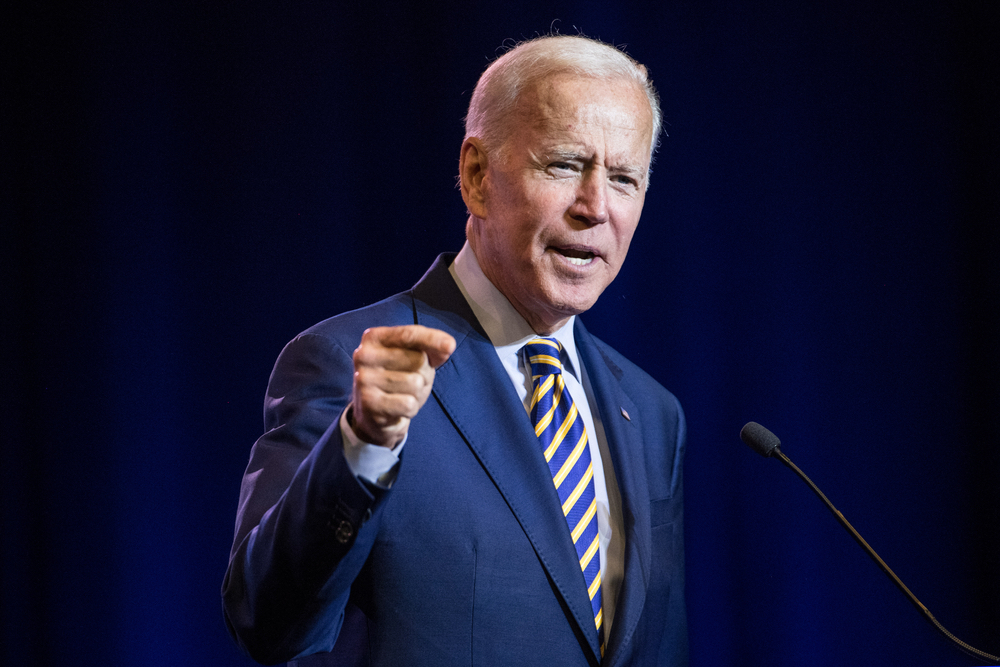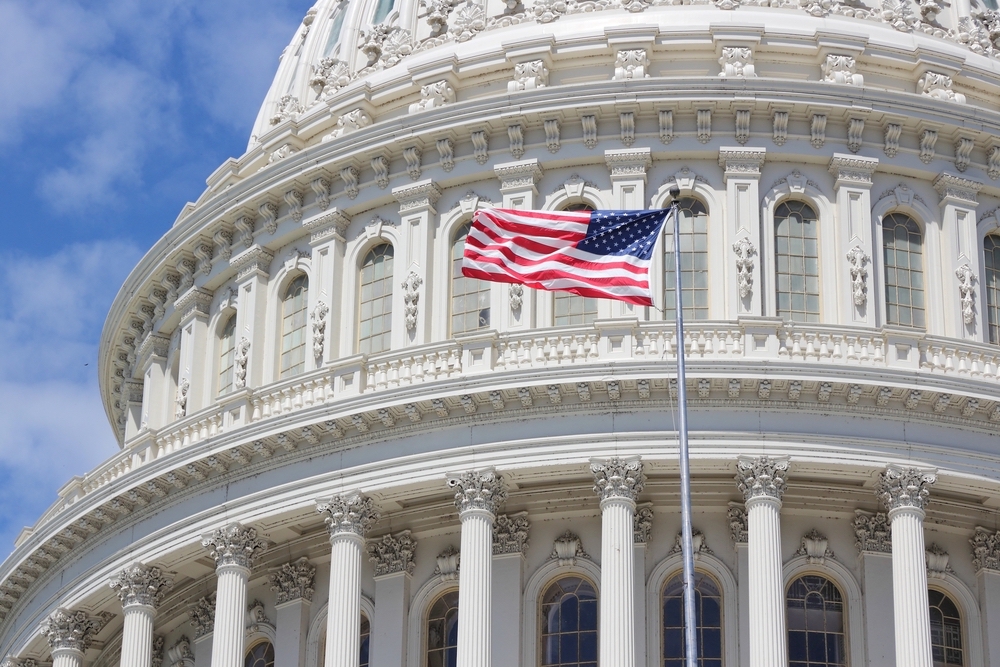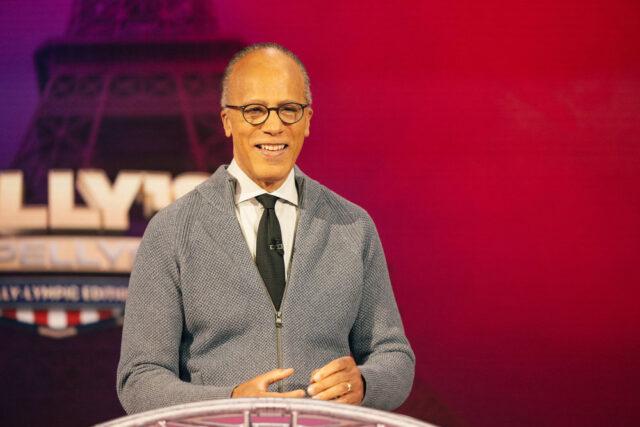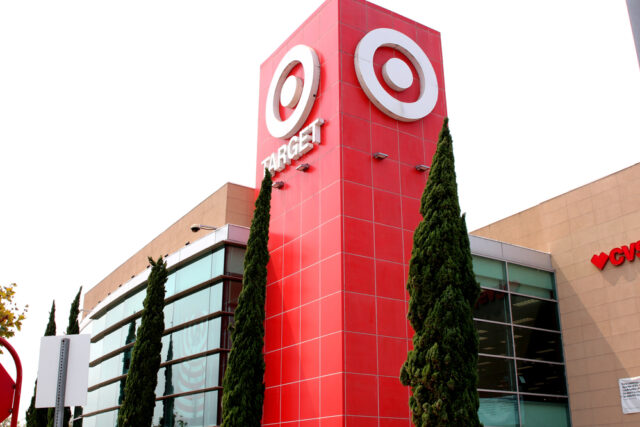Equality for Fathers and Father Figures with New Family Act
Everyone’s heard of maternity leave, but what about the paid family leave program? That’s because it’s accepted in every other developed country except the U.S.
In 1919, the International Labor Organization created the Maternity Protection Convention, which stated mothers are allowed 12 weeks of paid maternity leave, free medical care during and after pregnancy, a guarantee to return to their position at work, and periodic breaks to nurse their children.
However, what about the fathers or father figures? At the moment, the United States provides no national paid family leave. If the U.S. prides itself on being family-first, how could they not consider providing adequate paid paternal leave?
On the other hand, there are improvements made for expecting fathers. Nine states in the U.S. are working on adapting paid family and medical leave. So far, the lists consist of California, Colorado, Connecticut, Massachusetts, New Jersey, New York, Oregon, Rhode Island, and Washington.
Use this interactive chart to see each country’s policy on paid paternity leave. ➨ https://t.co/JOtPazlaW3 #paternityleave pic.twitter.com/sh9CsTqbJb
— UCLA Health (@UCLAHealth) June 25, 2018
Unfortunately, paid paternal leave does not extend to the LQBTQIA+ community, parents adopting, and non-birthing parents. This creates a bigger barrier to equality. Amanda Hopping-Winn, chief officer at Family Equality Council, explains, “Parental leave was really created for a cisgender heterosexual two-parent dynamic and really benefiting the parent giving birth.”
Creating this law to promote one way of having a family contradicts the modern generation they enforce it on. The only legislation protecting newborns or newly-adopted children is the Family and Medical Leave Act of 1993. However, only 19% of parents get access to paid family leave through their company. In addition, the people covered by FMLA are accepted because they work at companies with at least 50 employees who have worked for at least a year for 25 hours weekly.
But, what about families who do not work in a big company or meet those qualifications? Jeannine Sato, an expected mother, explained, “I was shocked to find out that I wasn’t eligible for FMLA…I see parents going back to work one or even two weeks because they have no paid sick [leave]…even if they were eligible they couldn’t afford to take the unpaid time off.”
Although some can utilize FMLA, it is still unpaid leave. Sadly, 66% percent who qualify for FMLA do not use the program because they cannot afford to.
Ellen Bravo, founder of Family Values @ Work, adds, “Many people are [cobbling] together two or three part-time jobs, none of which have enough hours to make them eligible for Family and Medical Leave. So this is a disaster. We have to bring the rules in line with the realities of the workforce.”
SHP’s @maya_rossin tells @nytimes there’s no research that shows there are any benefits in cutting paid family leave to under 12 weeks. “In fact you lose some of the benefits, like breastfeeding, maternal mental health and child immunizations,” she says.https://t.co/XKAovJa8lx
— StanfordHealthPolicy (@StanfordHP) September 29, 2021
According to CDC, 1 in 9 people who give birth struggle with postpartum depression. Also, non-birthing parents can become depressed before or after their baby is born. It can be even harder when juggling mental health, a needy child, and an unstable financial status.
A poll in April 2021 showed 82% of Americans support paid paternal leave, including in adoption cases. Democrats and Republicans have also agreed to give federal employees up to 12 weeks of paid parental leave. In September, Mitt Romney and Marco Rubio created the New Parents Act, allowing paid parental leave for parents if they wish to use a portion of their Social Security.
For millions of families, the cost of inaction is too high. pic.twitter.com/OKTVE3emqT
— CAP Action (@CAPAction) September 28, 2021
All of the new efforts for paid parental leave coincide with President Biden’s American Families Act and the Build Back Better Act. However, the question remains: why is paid paternal leave not a national opportunity? Why are there still barriers to equality?

Content Writer






